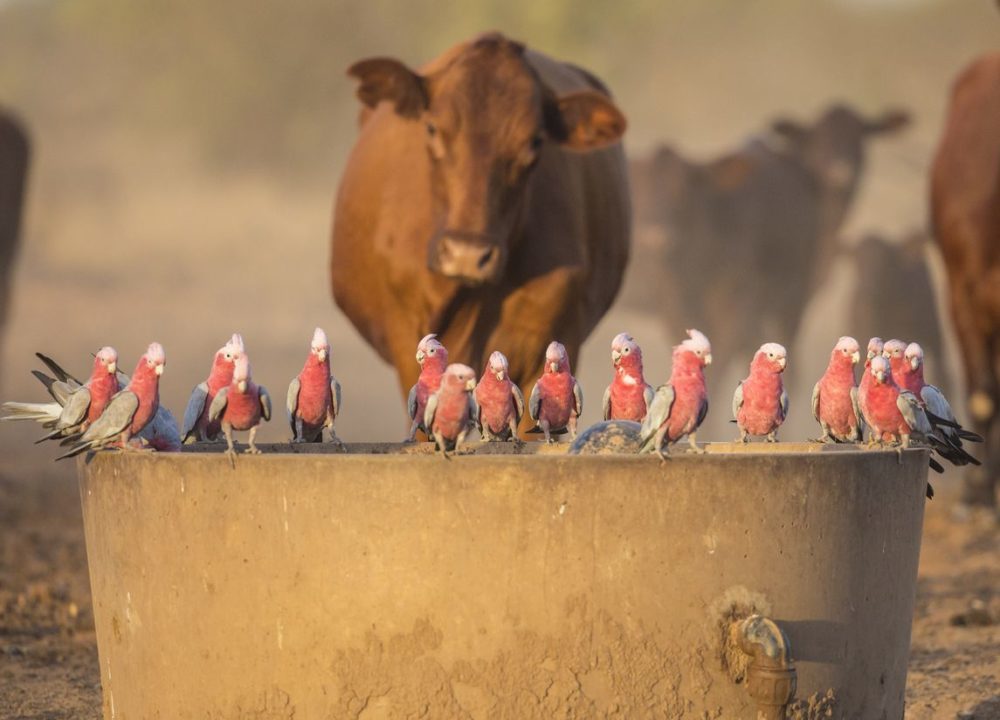- Australia has joined the 132 countries already targeting net-zero greenhouse gas emissions by 2050, outlining a “technology-driven” approach to carbon reduction in advance of next week’s COP26 UN global climate summit.
- The Australian government’s roadmap — ‘The plan to deliver net-zero, the Australian way‘ — outlines its strategy as focusing on “technology not taxes,” aiming to drive down the costs of emissions-reduction innovations rather than creating “higher taxes [that] put industries, regions, or jobs at risk.”
- The agrifood sectors are set to play a central role, with soil carbon sequestration, “high-integrity offsets,” and methane-reducing feed supplements for livestock among the key technologies and models mentioned.
Why it matters:
Australia has faced particular criticism for its supposed inaction on greenhouse gas emissions and other climate change-related issues. Among high-income economies, it has been a laggard in terms of committing to quantifiable emissions-reduction goals, with critics pointing to the country’s economic reliance on primary industries — including agriculture — and the powerful lobbies that support them.
CSIRO, Woolworths unveil FutureFeed, a seaweed supplement that cuts cow methane by 80% – read the AFN exclusive here
Nevertheless, in its roadmap released today, the Australian government claimed that the country has reduced emissions faster than “many comparable advanced economies,” including Canada, Japan, and the US – with farming central to this achievement.
“We beat our 2020 target, and our emissions are currently more than 20% below 2005 levels. Australia’s agricultural sector has done the heavy lifting in achieving this,” it said.




